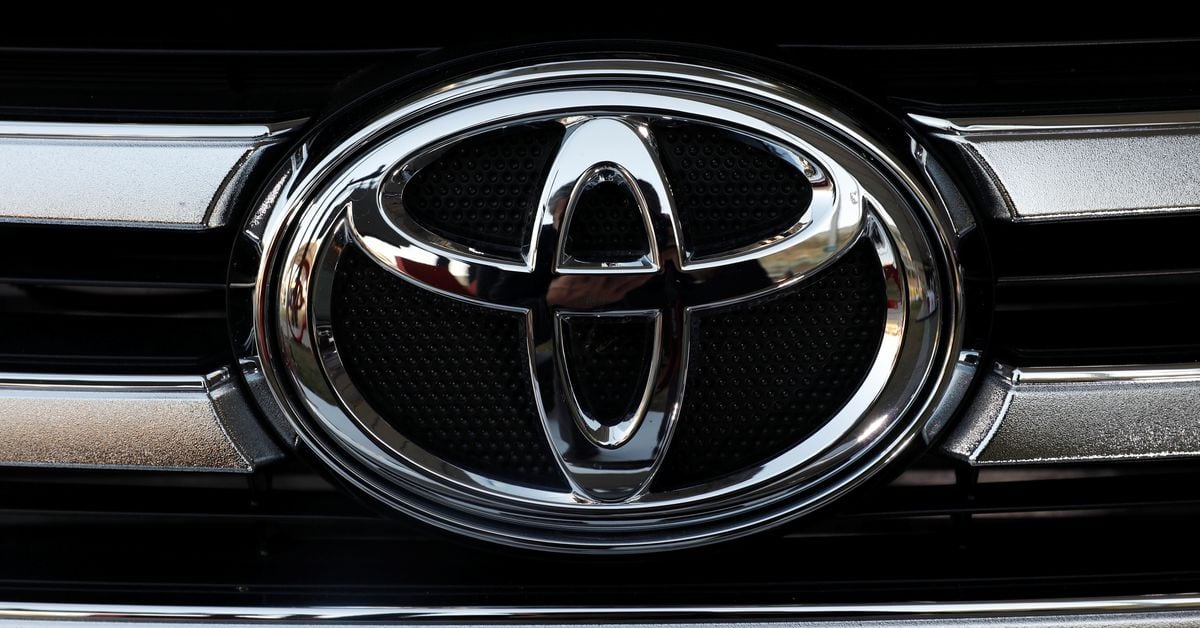At the recent shareholder meeting, Toyota addresses questions on their electrification development. https://toyotatimes.jp/en/insidetoyota/154.html
Key points of the meeting:
Key points of the meeting:
Using the word “strategy” might make something seem like it’s the main objective, but, as a result of pursuing customer convenience and always responding to customer requests, the cars that Toyota offers have come to form a full lineup.
I think the same is true in achieving carbon neutrality when considering vehicles that emit as little CO2 as possible.
Because BEVs are getting a lot of attention right now, they might seem like the only answer to some people. However, when we listen to what our customers have to say, while some people prefer BEVs, it is also true that others find that, with the current technology, BEVs are not yet convenient enough.
Due to our relationships with our customers from the past, we need to live up to the expectations of customers who have trusted Toyota up until now, and even when electrification becomes a necessary technology for our customers in the carbon-neutral era, we will continue to offer a full lineup.
We believe that it is best to provide customers with not only BEVs, but also a variety of other options, such as HEVs, PHEVs, FCEVs, and hydrogen-fueled engines.
Eco-friendly vehicles are only meaningful if they achieve widespread use and contribute to CO2 reductions”-this has been Toyota’s stance on environmental technology development ever since it launched the world’s first mass-produced hybrid electric vehicle “Prius” back in 1997.
No matter how good it is for the environment, if customers don’t choose the technology or product, its environmental impact on CO2 is close to zero. For a wide range of people to choose and enjoy the product, it needs to be practical: something both convenient and affordable to customers.
A wide variety of customers use Toyota vehicles around the world. At the financial results briefing held in May, Maeda explained that vehicles are used in many different ways, by taking an example of the need of towing capacity enough to pull a 10,000-pound (4.5 tons) trailer, something people in Japan are unfamiliar with.
Customer needs and preference differ depending on how vehicles are used. Regulations for vehicles also vary according to regions and countries.
Toyota’s approach is to accept that there are diverse needs, and to strive to offer a variety of convenient and green options for each customer.

